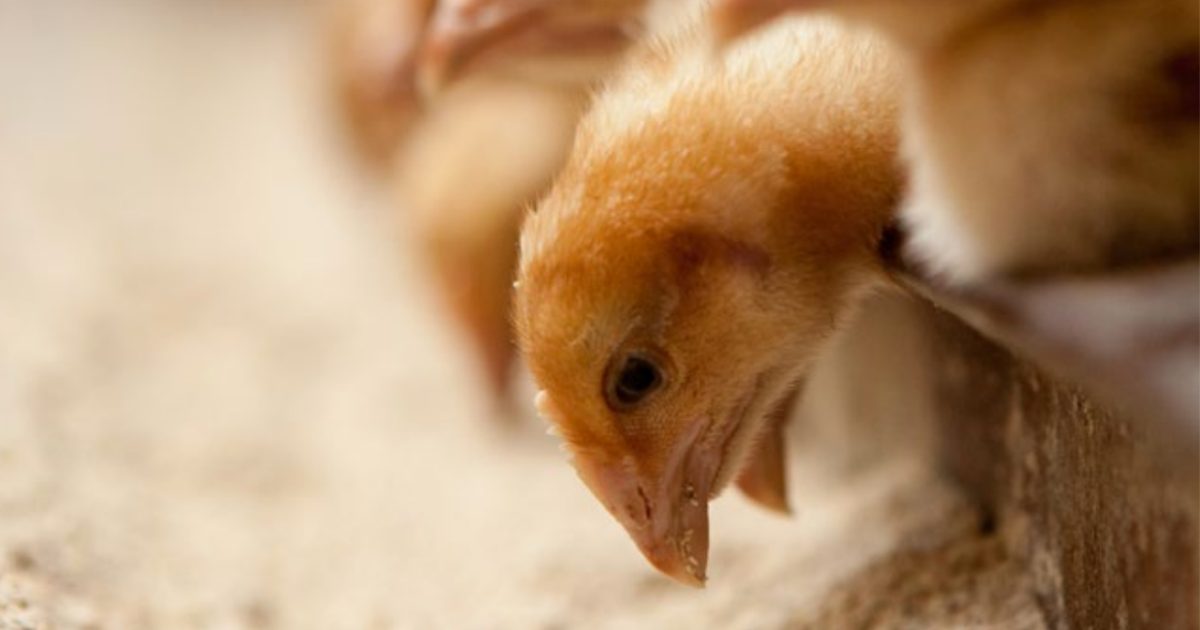 29 Jul 2024
29 Jul 2024
The poultry industry’s current feed formulation methods prioritize minimizing costs over maximizing profits. Although complex models considering bird growth and environmental factors have been developed, their widespread adoption has been slow. However, the shift towards profit-maximizing models is inevitable and necessary for the industry’s future.
Future feed formulations must balance profitability with environmental sustainability. Dietary supplements like probiotics, Yucca schidigera, and biochar have shown promise in reducing the environmental impact of poultry production (Ahmed et al., 2014; Kalus et al., 2020; Nahm, 2007; Saeed et al., 2018). The use of these supplements is expected to increase, contributing to more sustainable production practices.
Animal welfare management is becoming increasingly important in poultry production. Factors such as housing space, clean and dry environments, low ammonia levels, and public amenity considerations like dust and odor emissions are crucial. Future feed formulations must consider nutrients available to the animals and the undigested components that could impact the environment. This holistic approach ensures that both animal health and environmental outcomes are optimized.
In the future, used litter and droppings will be integral to a sustainable ecosystem. Poultry producers will determine the nutrient content of their feed ingredients and how these nutrients benefit the soils they fertilize and the crops grown. For instance, the carbon in plants, derived from the atmosphere, should have a neutral carbon footprint. Similarly, nitrogen in legumes, also from the atmosphere, should have a neutral nitrogen footprint. Phosphorus, calcium, and trace minerals needed by crops can replace inorganic fertilizers, adding value to waste products.
The economic impact of waste nitrogen excretion depends on its perceived value. If nitrogen can be sold as a fertilizer, it adds value, encouraging producers to raise larger birds. Conversely, if litter nitrogen is seen as a waste product with disposal costs, profitability decreases, favoring smaller birds with better feed and nitrogen utilization efficiency. To enhance meat and egg production value, nitrogen trapping in litter through amendments and removal of ammonia from the air in poultry houses will become more economical.
Future profit-maximizing production models will be dynamic and continuously recalibrated based on field conditions and results. These models will help management teams make informed decisions on the best choices of inputs and outputs, using cost and return projections. While traditional feed formulation has remained largely unchanged since the 1950s, the transition to profit-maximizing strategies will involve addressing several biological and technical aspects.
Oviedo-Rondon (2014) highlighted reasons for the slow adaptation of profit-maximizing models in feed formulation, including a lack of education among nutritionists. Future strategies must involve nutritionists sharing responsibilities with specialists in production economics, business management, marketing, environmental engineering, veterinary medicine, and animal welfare.
The shift from least-cost to maximum-profit models requires a paradigm change. Nutritionists must move from finding the lowest nutrient levels for maximum performance to understanding and describing responses to different nutrient levels to maximize profits.
The poultry industry’s future lies in transitioning from cost-minimizing to profit-maximizing feed formulation models. By integrating advanced technical improvements and addressing biological factors, poultry firms can enhance profitability while reducing environmental impact. Embracing these evolving models is crucial for the industry’s success in a competitive and resource-constrained world.
Source: “The future of feed formulation for poultry: Toward more sustainable
production of meat and eggs” Gene M. Pesti a, b, , Mingan Choct”
You may also like to read: “Advances in Poultry Nutrition: International Poultry Scientific Forum 2024”
Subscribe now to the technical magazine of animal nutrition
AUTHORS

Hybrid Rye Potential in Laying Hen Feed Rations
Gwendolyn Jones
A day in the life of phosphorus in pigs: Part I
Rafael Duran Giménez-Rico
Use of enzymes in diets for ruminants
Braulio de la Calle Campos
Minerals and Hoof Health in the Pregnant Sow
Juan Gabriel Espino
Impact of Oxidized Fats on Swine Reproduction and Offspring
Maria Alejandra Perez Alvarado